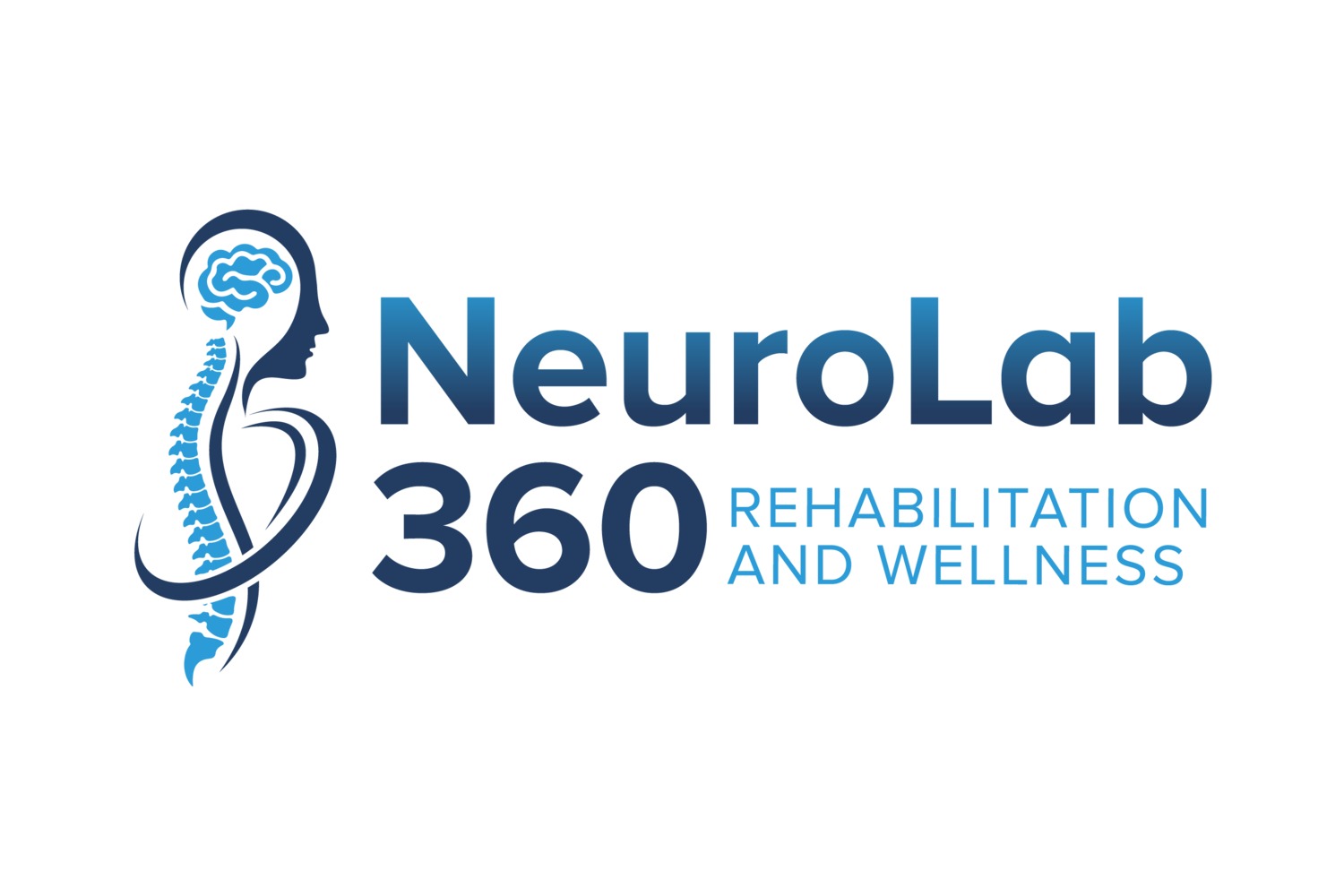Types of Multiple Sclerosis
Clinically Isolated Syndrome
This is the first episode of inflammation and demyelination within the CNS that causes neurological symptoms. By definition, this episode must last at least 24 hours. This is a characteristic of MS, but does not yet meet the diagnostic criteria of MS Some people who experience a CIS may not go on to develop MS. If an MRI after first symptoms shows lesions similar to those in MS, there is increased likelihood of a later occurring second episode and a diagnosis of MS.
Relapsing-remitting MS (RRMS)
This is the most common course of the disease and is characterized by attacks of new/increased symptoms (relapse) followed by periods of partial or complete recovery (remitting). During periods of remission all symptoms may resolve or continue and become permanent. A relapse is defined as the presence of new or the return of old symptoms for a period of 24 hours or more and 30 have passed since the last relapse of symptoms. Symptoms are often present for a number of weeks and resolve within a month, although this can vary greatly between individuals.
Secondary progressive MS (SPMS)
SPMS is a stage of MS which comes after RRMS for many individuals. SPMS develops after RRMS as the body struggles to recover from relapses and there isprogressive worsening of neurologic function. SPMA can be characterized as either active (periods of relapse and/or new MRI activity) or not active, as well as progression (increase disability accrual over time, with or without relapse or new MRI activity) or without progression.
Primary progressive MS (PPMS)
PPMS affects about 10-15% of people diagnosed with MS. This course of the disease is characterized by worsening of neurologic function from the onset of initial symptoms. There will be few or no relapses with gradually increasing disability. Diagnosis usually occurs in people in their 40s, with no relapse, increase in symptoms in 1 year, and MRI scans show two or more lesions that have occurred at different times.

